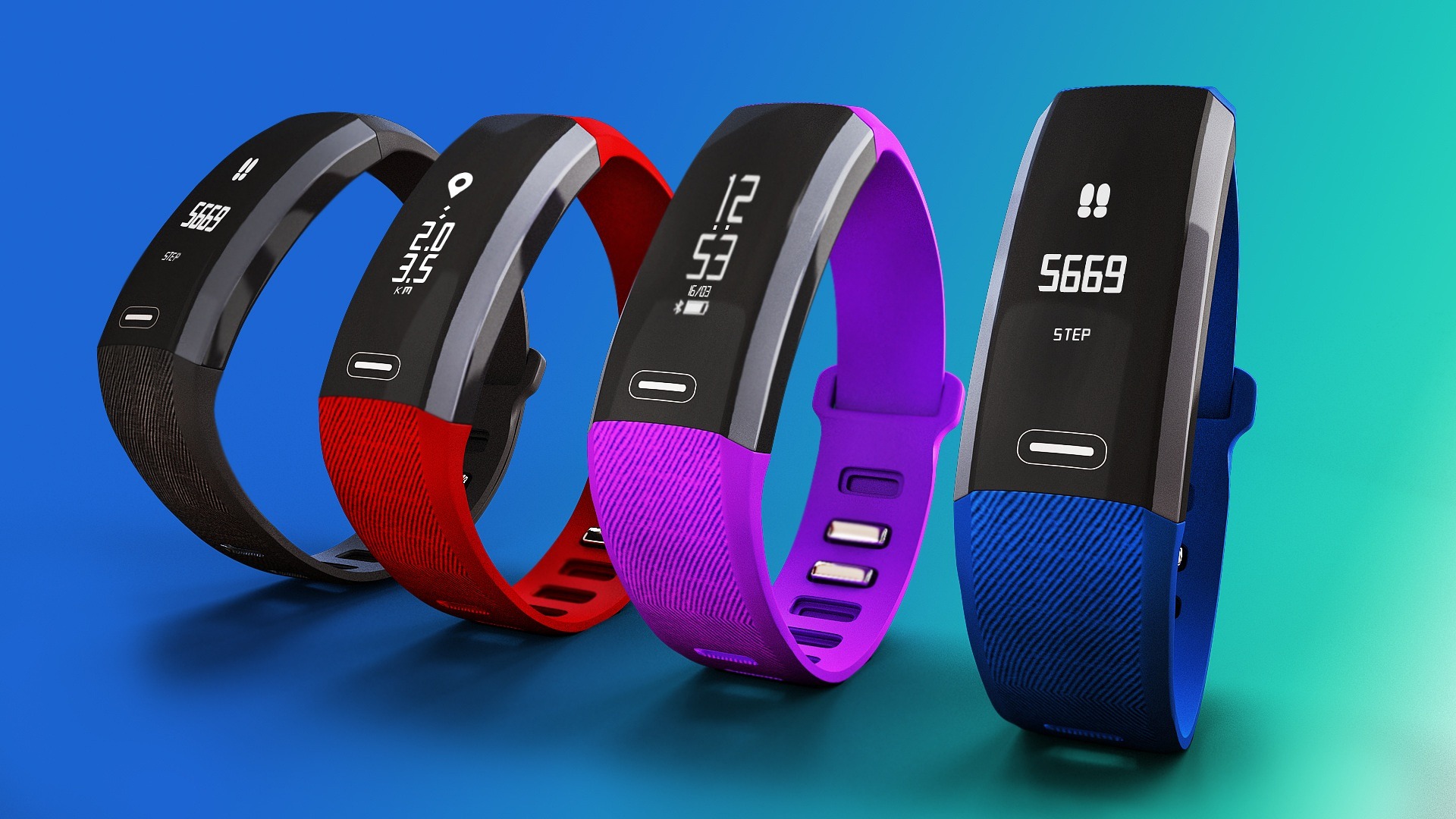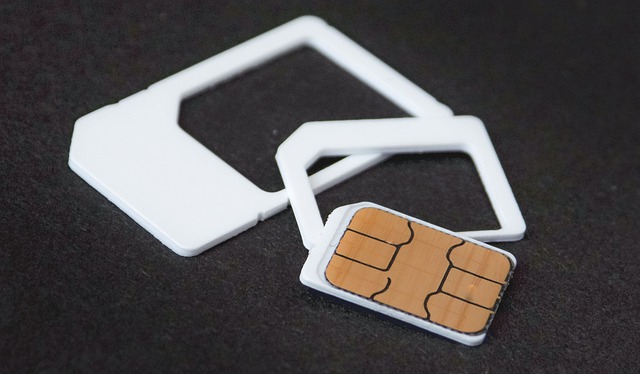Biohacking Your Beauty: The Intersection of Science and Wellness
The concept of biohacking might seem like it belongs in a science fiction movie, but it's a growing trend that's making waves in the beauty and fitness industry. Biohacking, in its simplest terms, is the practice of changing our chemistry and physiology through science and self-experimentation to energize and enhance the body. It's a broad definition that can encompass everything from injecting stem cells to prolong youthfulness, to simply changing your diet to improve your health.

Understanding the History of Biohacking
Biohacking stems from the desire to unlock the full potential of the human body. Originally, it was almost exclusively the domain of a small group of futurists, scientists, and transhumanists, who experimented with dietary, fitness, and even surgical methods to improve their physical and cognitive abilities. However, in recent years, it’s become mainstream, moving beyond the laboratories and into the everyday lives of people who want to optimize their health and wellness.
The trend gained traction in the early 2010s, when Silicon Valley entrepreneurs began seeking ways to ‘hack’ their bodies for improved productivity and performance. It spread quickly, with biohacking communities forming online and in cities worldwide.
The Current State of Biohacking in Beauty and Fitness
Today, biohacking has found a home in the beauty and fitness industry. It’s a logical evolution, given the industry’s focus on wellness, self-improvement, and the pursuit of an enhanced quality of life. From nootropics for brain health to infrared light treatments for skin rejuvenation, biohacking practices are becoming increasingly popular in beauty and fitness regimes.
These practices are supported by a growing body of research. For example, a study published in the Journal of Applied Physiology found that exposure to infrared light can stimulate collagen production and reduce the signs of aging. Similarly, the use of nootropics—natural or synthetic substances that can boost brain performance—has been advocated by numerous health experts and researchers.
Biohacking Practices and their Implications
Biohacking can take many forms in the realm of beauty and fitness. These can include specific diets, such as the ketogenic diet, which maximizes the body’s fat-burning potential, or the use of supplements like collagen peptides for skin health.
Another popular biohacking practice is intermittent fasting, which involves alternating periods of eating and fasting to improve metabolic health. Research published in the New England Journal of Medicine has shown that intermittent fasting can lead to numerous health benefits, including weight loss, improved insulin sensitivity, and even potentially extending lifespan.
These practices don’t just have physical benefits—they’re also tied to psychological wellbeing. Biohacking taps into the desire for control and self-improvement, offering a way for individuals to take charge of their own health and appearance.
The Future of Biohacking in Beauty and Fitness
As we move forward, it’s likely that biohacking will continue to evolve and play a significant role in the beauty and fitness industry. Advances in technology and scientific understanding will open up new possibilities for biohacking, and it’s crucial that we stay informed about these developments.
However, it’s also important to approach biohacking with caution. Not all biohacks are created equal—some might offer real benefits, while others could be ineffective or even harmful. As always, it’s essential to do your own research and consult with healthcare professionals before trying out new practices.
Biohacking represents the intersection of science and wellness—a potent combination that’s transforming the way we approach beauty and fitness. By understanding and harnessing our body’s natural processes, we can potentially unlock a new level of health, vitality, and longevity.




